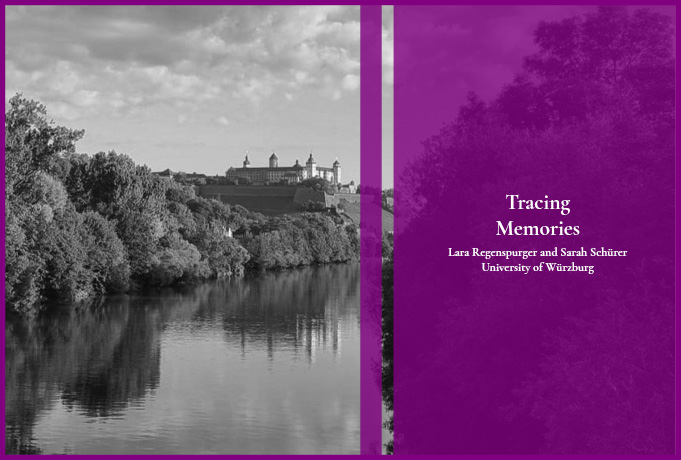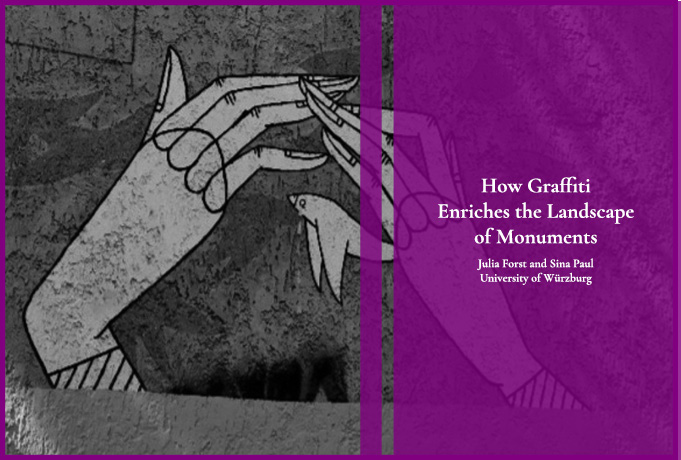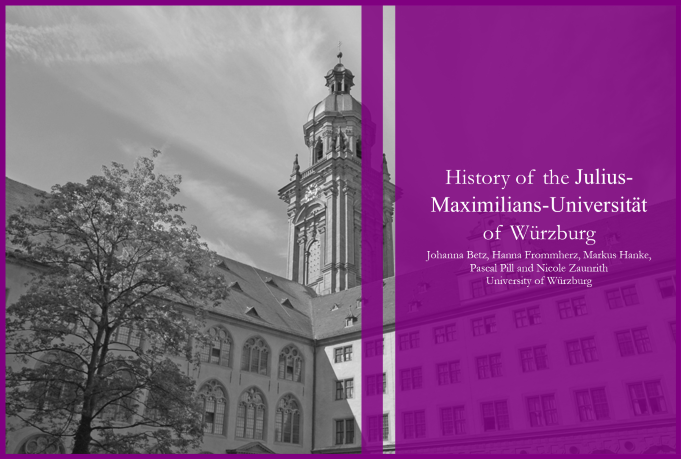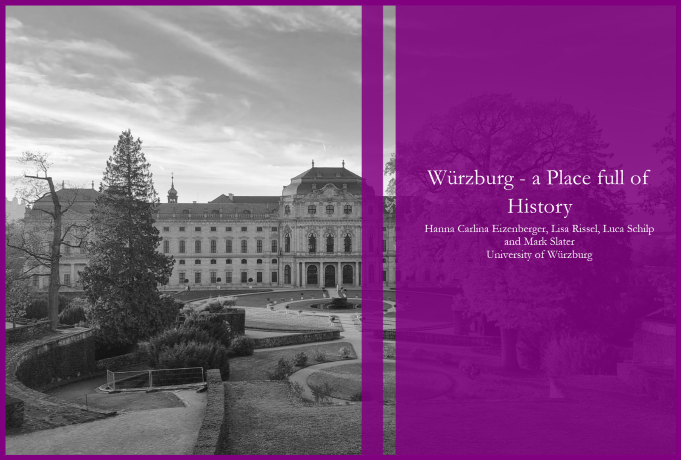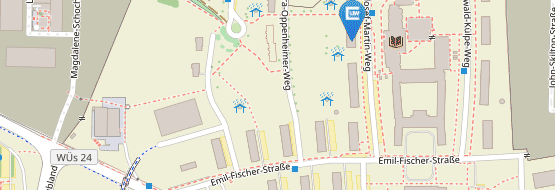Cultural Landscapes
Every single day, we pass by buildings, streets, monuments, or simply formations in the landscape without noticing their historical and cultural value. This cannot (always) be blamed on our lack of historical sensitivity. More often, it is actually the high density of the historical traces surrounding us that makes them seem so unremarkable. Nevertheless, such subtle landmarks often hold cultural values that have developed further over time and might still have an impact on our everyday life.
This room addresses the historical layers in our surroundings and explores how people visiting and living in these spaces experience such cultural landscapes.
Click here to visit the student projects in this exhibition space.
Deepen your Interaction
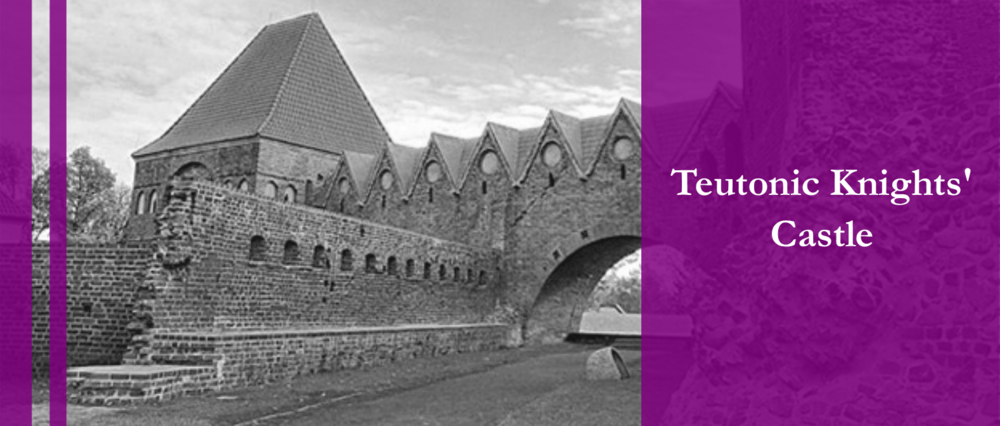
The presence of the Teutonic Order is still characteristic for the landscape in the Baltic Sea region – Estonia, Lithuania, Latvia as well as Poland and Russian Kaliningrad. The numerous medieval castles served as a vehicle of establishing and supporting Christian rule and thus document how the Order’s crusaders claimed their missionary territories. The ruin in the picture is located in one of the oldest cities in Poland, in Toruń (former Prussia) which was expanded by Teutonic knights. It is just one of many monuments in the city in which the presence of the Teutonic Order is visible.
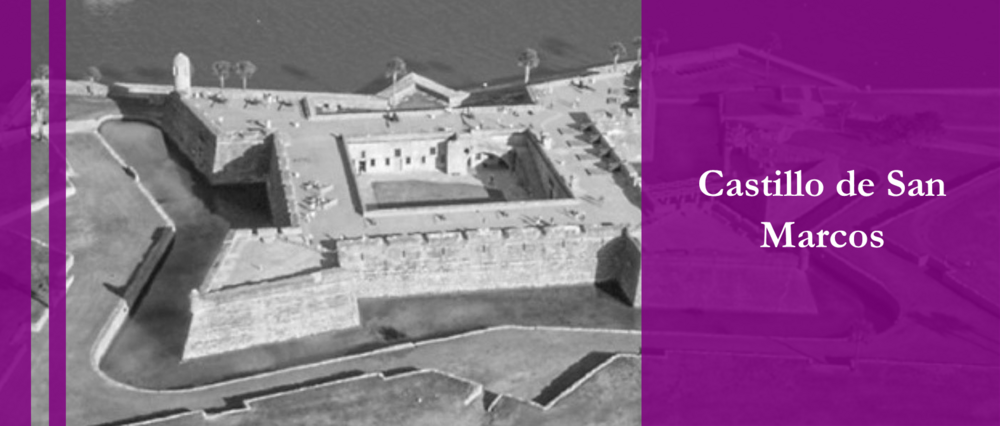
Build in the 17th century, one can say that the Castillo de San Marcos was not build directly in the middle of St. Augustine, but vice versa: The city grew around it. The Castillo is one of St. Augustine’s main tourist attractions and comprises the various historical layers visible in the so-called nation’s oldest city. Built as a fortification by Spanish settlers, the Castillo was attacked by the British who later occupied it but were again defeated by the Spanish. The Castillo’s ambivalent history is enhanced by its function as an entry point for fugitive slaves before it came under United States control in 1821. In the following time – during the Seminole War – the Castillo was used as a prison for Native Americans. Hence, the Castillo shapes the city as it is today, unable to be overlooked by visitors but also shows the various historical periods that the region underwent.
CULTURAL LANDSCAPES
This exhibition room has sparked your interest in how cultural landscapes in Europe and the United States formed, developed, and are further advancing? JMU – in cooperation with the partner Universities NCU (Poland) and Flagler College (Florida) – offers a master’s program dedicated to those topics.
Master program Cultural Landscapes


